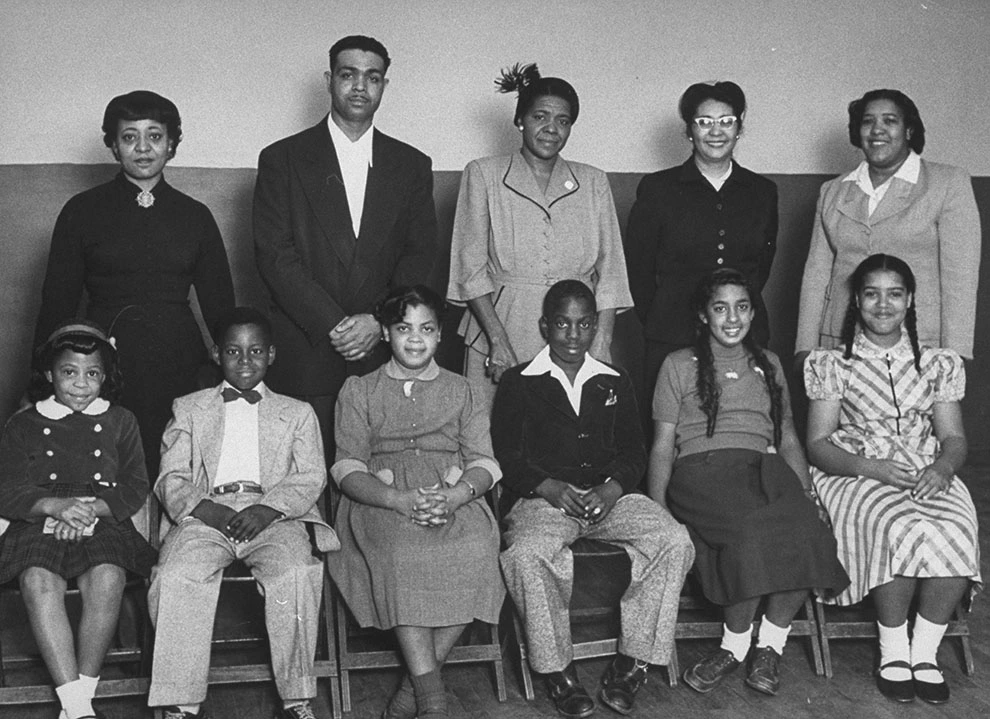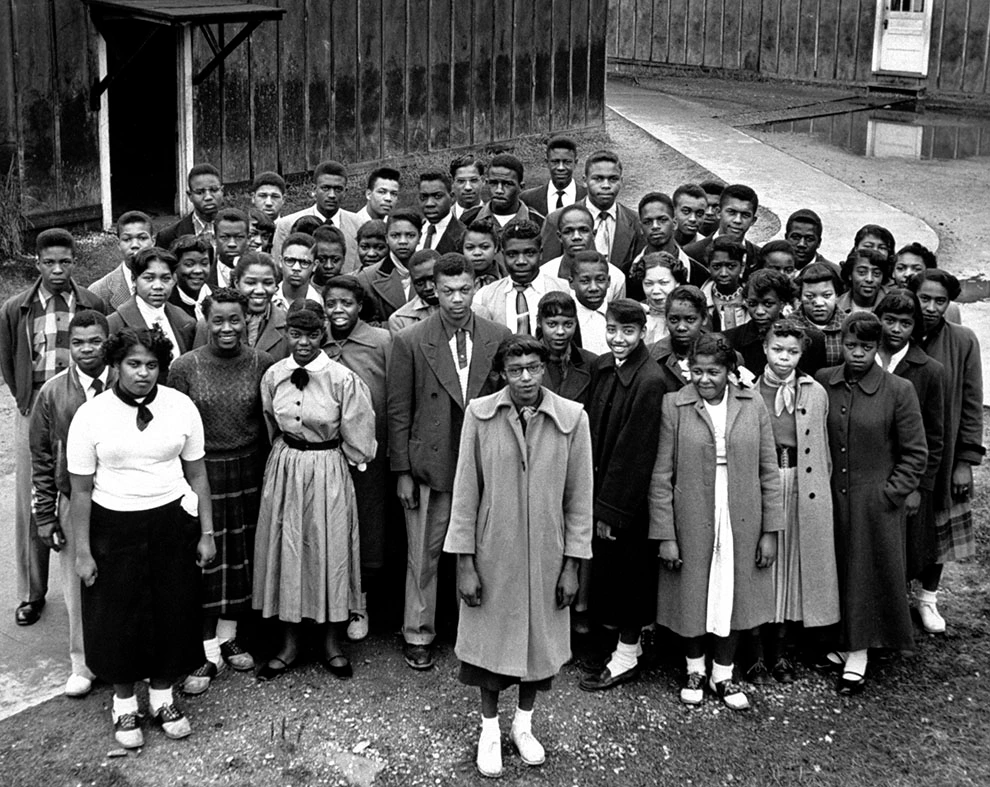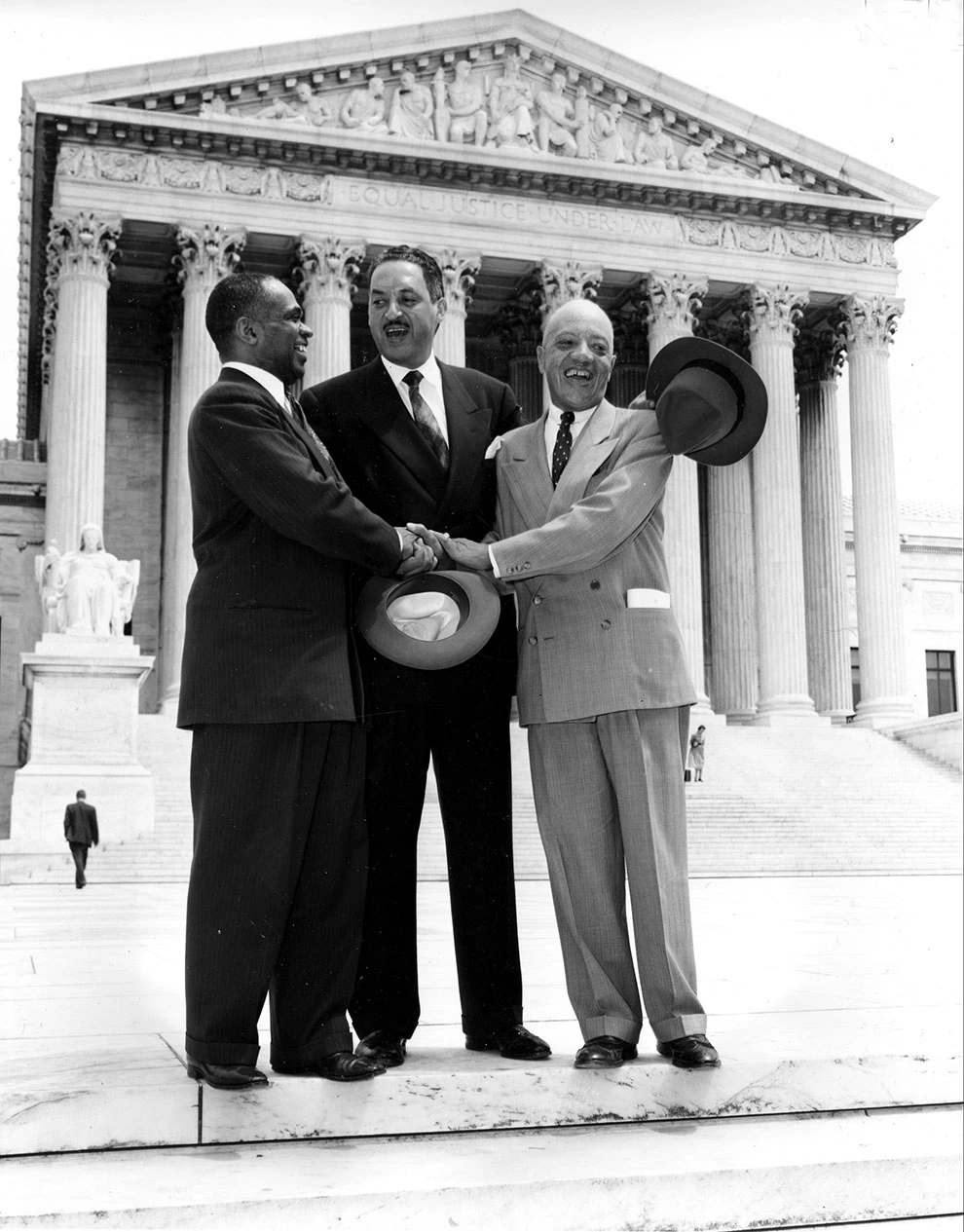Not only is Brown v. Board of Education the most impactful education law decision to come out of the United States Supreme Court, but it is also the most important civil rights case of the twentieth century.

The following video segment is a dramatization — based on the non-fiction book “Simple Justice: by Richard Kluger” — of NAACP attorney Thurgood Marshall’s closing statement before the United States Supreme Court summarizing the reasons why the Supreme Court must outlaw segregation in public education:
An excellent oral summary of this landmark decision is set forth in the following podcast from the Administrative Office of the U.S. Courts entitled, “Brown v. Board of Education Podcast:”

An outstanding written summary of this landmark decision is set forth in the following posting from the Administrative Office of the U.S. Courts entitled, “History — Brown v. Board of Education Re-enactment:”
Brown v. Board of Education (1954, 1955)
The case that came to be known as Brown v. Board of Education was actually the name given to five separate cases that were heard by the U.S. Supreme Court concerning the issue of segregation in public schools. These cases were Brown v. Board of Education of Topeka, Briggs v. Elliot, Davis v. Board of Education of Prince Edward County (VA.), Bolling v. Sharpe, and Gebhart v. Ethel. While the facts of each case are different, the main issue in each was the constitutionality of state-sponsored segregation in public schools. Once again, Thurgood Marshall and the NAACP Legal Defense and Education Fund handled these cases.
Although it acknowledged some of the plaintiffs’/plaintiffs claims, a three-judge panel at the U.S. District Court that heard the cases ruled in favor of the school boards. The plaintiffs then appealed to the U.S. Supreme Court.
When the cases came before the Supreme Court in 1952, the Court consolidated all five cases under the name of Brown v. Board of Education. Marshall personally argued the case before the Court. Although he raised a variety of legal issues on appeal, the most common one was that separate school systems for blacks and whites were inherently unequal, and thus violate the “equal protection clause” of the Fourteenth Amendment to the U.S. Constitution. Furthermore, relying on sociological tests, such as the one performed by social scientist Kenneth Clark, and other data, he also argued that segregated school systems had a tendency to make black children feel inferior to white children, and thus such a system should not be legally permissible.
Meeting to decide the case, the Justices of the Supreme Court realized that they were deeply divided over the issues raised. While most wanted to reverse Plessy and declare segregation in public schools to be unconstitutional, they had various reasons for doing so. Unable to come to a solution by June 1953 (the end of the Court’s 1952-1953 term), the Court decided to rehear the case in December 1953. During the intervening months, however, Chief Justice Fred Vinson died and was replaced by Gov. Earl Warren of California. After the case was reheard in 1953, Chief Justice Warren was able to do something that his predecessor had not—i.e. bring all of the Justices to agree to support a unanimous decision declaring segregation in public schools unconstitutional. On May 14, 1954, he delivered the opinion of the Court, stating that “We conclude that in the field of public education the doctrine of ‘separate but equal’ has no place. Separate educational facilities are inherently unequal. . .”
Expecting opposition to its ruling, especially in the southern states, the Supreme Court did not immediately try to give direction for the implementation of its ruling. Rather, it asked the attorney generals of all states with laws permitting segregation in their public schools to submit plans for how to proceed with desegregation. After still more hearings before the Court concerning the matter of desegregation, on May 31, 1955, the Justices handed down a plan for how it was to proceed; desegregation was to proceed with “all deliberate speed.” Although it would be many years before all segregated school systems were to be desegregated, Brown and Brown II (as the Courts plan for how to desegregate schools came to be called) were responsible for getting the process underway.
To read the entirety of “History — Brown v. Board of Education Re-enactment,” click here.

The following is a video of Thurgood Marshall and other lawyers speaking to reporters on the steps of the United Supreme Court soon after their landmark victory in Brown v Board of Education on May 17, 1954:

Authors: Matthew John Markling and the McGown & Markling Team.
Note: This blog entry does not constitute – nor does it contain – legal advice. Legal jurisprudence is like the always-changing Midwestern weather. As a result, this single blog entry cannot substitute for consultation with a McGown & Markling attorney. If legal advice is needed with respect to a specific factual situation, please feel free to contact a McGown & Markling attorney.



